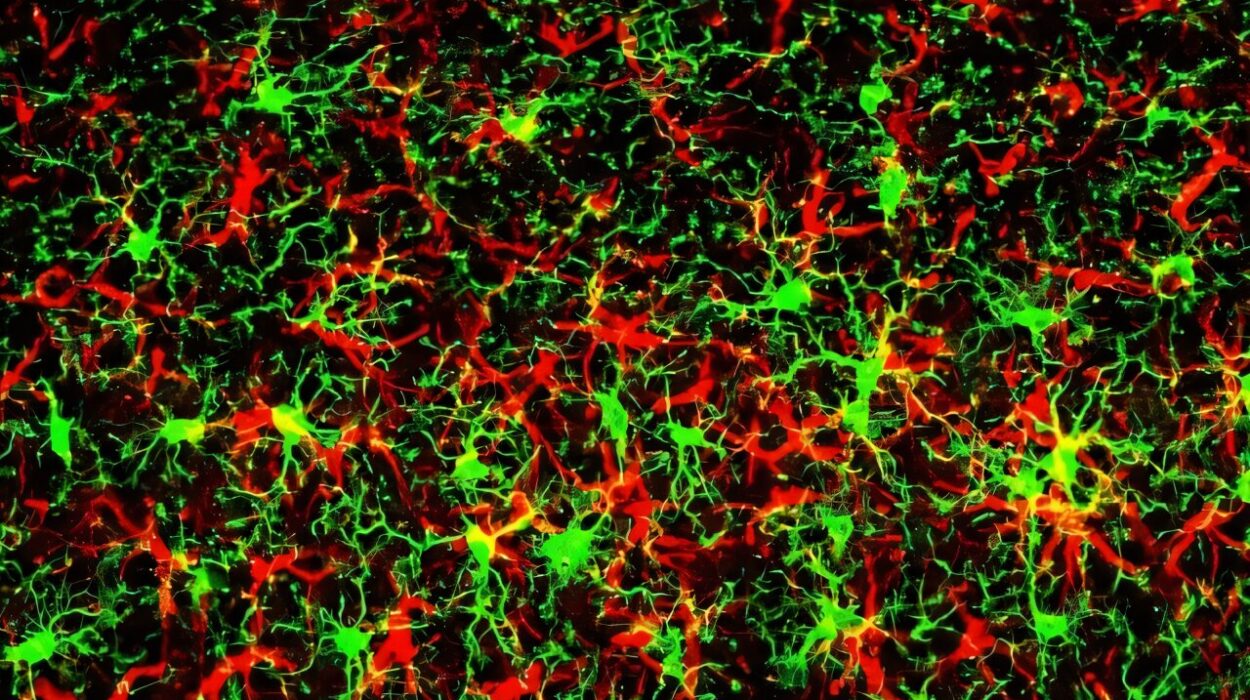In a world driven by deadlines, digital screens, traffic jams, and endless to-do lists, we’ve lost something quietly vital—our connection to nature. We wake up to alarms, not birdsong. We scroll through curated feeds instead of gazing at rolling clouds. Our feet rarely touch bare earth. And in that slow drift away from the natural world, something inside us begins to ache—a kind of soul-hunger we don’t always recognize.
That hunger is not a metaphor. It’s a biological, psychological, and emotional truth. Human beings evolved in nature. For over 99% of our existence, we were wanderers, gatherers, farmers, and dwellers of forests, mountains, rivers, and open skies. Nature is not a luxury—it’s our home, our context, our original habitat.
So when we ask, “Why is nature good for mental wellbeing?” the real question is: “How could it not be?”
Modern science is only beginning to confirm what poets, mystics, and indigenous wisdom keepers have always known—being in nature heals the mind. It soothes the nervous system. It restores attention. It lifts moods. It opens hearts.
And it does so without judgment, without cost, without needing anything in return.
Let’s take a deep, soul-satisfying journey into the why, how, and wonder of nature’s role in mental wellness.
The Science of Green: What Nature Does to Your Brain
Walk into a lush forest or sit beside a gentle stream, and something begins to shift. Your shoulders relax. Your breathing slows. Your thoughts quiet down. These changes are not just subjective—they’re measurable.
Research has shown that spending time in natural settings lowers cortisol levels (your body’s primary stress hormone). It reduces heart rate and blood pressure. It increases parasympathetic nervous system activity—the part responsible for rest and relaxation.
Even more fascinating, brain imaging studies have revealed that nature reduces activity in the subgenual prefrontal cortex, a region associated with rumination—those repetitive, negative thought loops that fuel anxiety and depression. In essence, nature gently interrupts our mental spinning and resets our internal compass.
Natural environments also promote alpha brainwaves—those dreamy, creative, calm frequencies that arise when we’re relaxed but alert. They’re the same waves observed during meditation and deep states of flow.
In children, exposure to green spaces is linked with better cognitive development, attention span, and emotional regulation. In adults, it’s associated with improved memory, mood, and resilience.
And remarkably, even simulated nature—like looking at photographs of landscapes or listening to birdsong—can trigger some of these benefits. But nothing compares to the real thing.
Attention Restoration Theory: Why Nature Feels So Refreshing
Have you ever wondered why a walk in the park feels more refreshing than a stroll through a busy mall, even if you’re covering the same distance?
According to Attention Restoration Theory (ART), developed by environmental psychologists Rachel and Stephen Kaplan, our brains operate in two modes of attention: directed and involuntary.
Directed attention is what you use when you’re focused on tasks—working, studying, planning, solving problems. It takes effort, and it fatigues over time. When your directed attention gets exhausted, you feel mentally drained, irritable, and unfocused.
Nature engages your involuntary attention. It captures your mind softly—through the rustle of leaves, the glint of sunlight on water, the flutter of a butterfly. This effortless attention allows your brain’s directed system to rest and recover.
In other words, nature doesn’t just distract you from your stress. It actually repairs the mental systems that stress depletes. It’s like a spa day for your prefrontal cortex.
The Biophilia Hypothesis: Our Innate Love for Life
Why does the sight of mountains move us? Why does the sound of rain feel comforting? Why do flowers, trees, and animals touch something deep inside us?
The answer may lie in the Biophilia Hypothesis, proposed by biologist Edward O. Wilson. Biophilia means “love of life.” Wilson suggested that humans have an innate, evolutionary tendency to seek connections with nature and other forms of life.
This connection isn’t just cultural—it’s genetic. Our ancestors who paid close attention to their environment—who could read the weather, sense danger, find water, identify plants—were more likely to survive and pass on their genes.
So our brains are wired to respond to natural cues. The color green is calming. Flowing water signals safety. Open landscapes evoke freedom. Birds chirping often indicate peaceful surroundings.
Even our sense of beauty is tied to nature. Studies show people across cultures tend to find savannah-like environments most attractive—open spaces with scattered trees, water, and signs of life. This mirrors the African landscapes where human beings first evolved.
Biophilia explains why nature feels like home—because it is.
Forest Bathing: The Japanese Art of Healing Through Trees
In Japan, there’s a practice called Shinrin-yoku—translated as “forest bathing.” It doesn’t involve swimming or exercise. It means simply being in the presence of trees, breathing deeply, walking slowly, and absorbing the forest atmosphere with your senses.
Forest bathing became a cornerstone of Japanese preventive medicine in the 1980s, and it’s now gaining popularity worldwide. Its benefits are well-documented. People who practice forest bathing report lower stress, improved mood, deeper sleep, and heightened feelings of vitality.
Scientific studies have shown that even a two-hour walk in a forest can lower cortisol, reduce pulse rate, and increase natural killer cells—a key part of your immune system. The scent of trees (particularly evergreens) contains phytoncides, natural compounds that reduce stress hormones and boost immune function.
But beyond the data, forest bathing is an invitation to slow down. To listen. To be present. To let the forest hold your grief, your anxiety, your questions—without needing to explain or fix them.
Nature as a Mirror: What Landscapes Teach Us About Ourselves
Nature doesn’t just soothe the mind. It awakens the soul. A solitary mountain may reflect your own inner strength. A changing season may mirror your life transitions. A storm may help you process repressed emotion. A sunrise may remind you of hope.
Therapists who incorporate ecopsychology often describe how clients open up more easily in nature. Sitting under a tree, walking along a beach, or watching a stream can provide metaphorical insights that are hard to access in a room with fluorescent lighting.
Nature invites introspection without pressure. It offers lessons in resilience (trees that grow through rock), in impermanence (falling leaves), in surrender (rivers that don’t resist gravity), and in renewal (buds emerging after winter).
When you’re in nature, you’re not just observing. You’re participating. You’re remembering a part of yourself that modern life tends to forget—the quiet, wise, wild part.
Solitude and Silence: The Gifts of the Natural World
Modern life is noisy. Constant notifications. Traffic. Conversations. Background music. Screens vying for attention. Amid this noise, silence has become a rare luxury.
Nature offers silence—not empty, but full. The rustle of leaves, the call of a bird, the whisper of wind. This kind of silence is not just auditory—it’s emotional and mental. It creates space. It allows your nervous system to settle. It gives your inner voice room to speak.
Solitude in nature is not loneliness. It’s communion. It’s a kind of sacred company where you can feel both small and infinite at the same time. It’s where the ego softens and the soul expands.
Many great thinkers, artists, and spiritual leaders sought solitude in nature—not to escape, but to remember. To listen. To return with clarity.
You don’t have to go off-grid to find this stillness. A bench under a tree, a quiet garden, or even watching clouds from your window can reconnect you to that ancient rhythm.
Movement in Nature: The Joy of the Outdoor Body
There’s something magical about moving your body outdoors. A hike through a forest. A jog along the shore. Yoga in the park. Gardening under the sun. Even a walk around your neighborhood trees.
Exercise in nature combines the mental benefits of physical movement with the psychological gifts of the outdoors. It elevates mood more than indoor workouts. It increases motivation. It reduces perceived effort. People who exercise in nature are more likely to stick with it long-term.
Outdoor movement also awakens the senses. You feel the breeze on your skin. You hear birdsong. You smell the earth after rain. You are not just moving—you are being moved.
This sensory richness anchors you in the present. It pulls you out of your head and into your body. And that, perhaps, is the most healing thing of all.
Nature and Social Connection: Healing Together Outdoors
Nature not only connects you to yourself—it connects you to others. Sharing natural spaces creates a unique kind of bonding. Conversations flow more easily on a walk than across a table. Laughter comes more naturally under the open sky.
Community gardens, park gatherings, hiking groups, and outdoor sports can foster friendships and reduce loneliness. People with strong social connections are more resilient to stress and less likely to develop mental health disorders.
Nature also levels the playing field. It’s accessible, inclusive, and neutral ground. You don’t need money, status, or skills to walk in a park or watch a sunset. You just need presence.
In a divided world, nature can be common ground. A place where humanity remembers its shared roots.
Children and Nature: The Seeds of Mental Wellness
Today’s children are spending less time outdoors than any generation in history. Screen time has replaced green time. And the consequences are profound—rising rates of ADHD, anxiety, depression, and sensory issues.
Yet children are wired for nature. They thrive in it. Dirt under fingernails. Climbing trees. Chasing butterflies. Splashing in puddles. These aren’t just childhood joys—they’re developmental necessities.
Nature boosts creativity, problem-solving, cooperation, and confidence in children. It helps them regulate emotions, build resilience, and develop empathy.
Outdoor classrooms, forest schools, and nature-based play therapies are increasingly being recognized as powerful tools for supporting child mental health.
And it starts small. A daily walk. A garden project. A backyard treasure hunt. Every minute outdoors plants a seed of wellbeing.
Nature Deficit Disorder: A Modern Malaise
Author Richard Louv coined the term “Nature Deficit Disorder” to describe the growing alienation from nature—and its psychological costs. While not a medical diagnosis, it reflects a real phenomenon.
Lack of nature is linked with higher rates of stress, depression, anxiety, obesity, and attention disorders. It affects sleep, mood, cognition, and even immune function.
Urbanization, indoor lifestyles, and technology have all contributed to this disconnection. But the solution doesn’t require wilderness. It requires awareness. Intention. Small steps toward reconnection.
A tree outside your office. A plant on your windowsill. A weekend in the countryside. A daily walk without headphones. These acts are not indulgences—they’re acts of healing.
Practical Ways to Reconnect with Nature Daily
Reconnecting with nature doesn’t require a forest or a vacation. It requires noticing. Here are simple, powerful ways to bring nature into your life every day:
Wake up and step outside barefoot. Drink your coffee on the porch. Take a ten-minute walk in silence. Eat lunch under a tree. Watch the sky change colors. Grow a plant. Open a window and listen. Touch a flower. Smell the air after rain.
Let nature be a part of your routine—not something extra, but something essential.
Because it is.
Conclusion: Coming Home to the Earth, Coming Home to Yourself
Mental wellbeing isn’t something we find on a therapist’s couch alone, or in a bottle, or behind a screen. Sometimes, it’s found in the hush of a forest, the sparkle of sunlight on water, the flight of a bird across the sky.
Nature doesn’t judge your pain. It doesn’t rush your healing. It simply holds you—patient, present, and whole.
In every blade of grass, every tide, every breeze, there’s a silent invitation: Come back. Come back to your senses. Come back to your breath. Come back to the earth. Come back to yourself.
Because in the end, the earth is not just where we live. It’s who we are. And remembering that may be the most healing thing of all.






